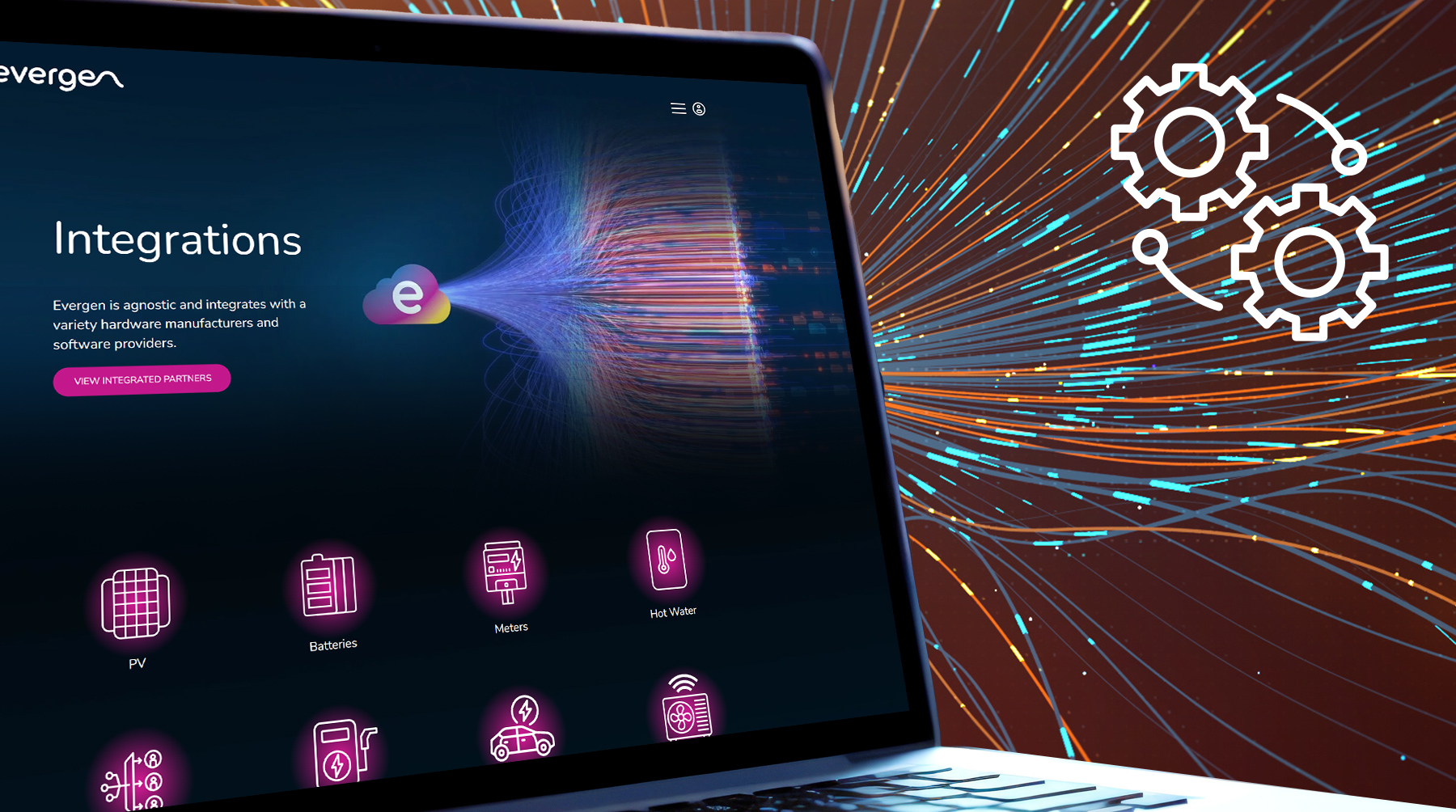Written by Charles Cattermole, Value Engineer
What is a HEMS system?
A Home Energy Management System (HEMS) or Energy Management System (EMS) is a software and hardware ecosystem that allows homes to monitor and control different appliances and fixtures around the home. Some of the most well-known HEMS systems include Google Nest, Alexa, Apple Home, or Samsungs’ SmartThings.
In general, a HEMS has the following features:
![]()
Monitoring
The system can monitor and display the state of an appliance, fixture, or the entire home (e.g. air conditioning system, IoT light bulb, etc.)
![]()
Analytics
HEMS may analyse your usage and provide insights such as cheaper times to use appliances based on electricity rates or remembering preferences to ensure a better experience.
![]()
Control
most HEMS platforms have the ability to control appliances as well. This might range from turning on and off a lightbulb via a phone app through to dynamic scheduling (e.g. turning on your AC when your phone knows you are returning home).
How does it work?
A HEMS is typically broken into three main areas which may either form part of an integrated offering to customers or are standalone products in their own right.
These include:
-
- Consumer portal & applications
This is the front end facing component to the HEMS solution and the way in which consumers interact with the ecosystem. - Cloud infrastructure
The backend of the HEMS platform manages everything from device integrations via API’s through to data warehousing and management. - Hardware
The physical device typically ranges from light bulbs and smart plugs through to your washing machine, AC system, and fridge.
- Consumer portal & applications
What devices can be managed by a HEMS?
A HEMS can integrate with a wide array of devices and technologies like a home solar and battery system, heat pump (heating/cooling), smart thermostat, and lightbulbs, though to your washer and TV. As more home appliances become IoT enabled, we will see a wider array of technologies that a HEMS system can manage.
What are the gaps, challenges, and trends within the HEMS market?
One of the biggest challenges within the HEMS space at the moment is interconnectivity and interoperability. Essentially this stems from a combination of different manufacturers all wanting to create vertically integrated ecosystems (e.g. Apple) and a lack of international standards to encourage interoperability. As an industry we are starting to see greater interconnectivity which is being driven my the smart thermostat and lighting markets, however, there are still substantial gaps when it comes to including Distributed Energy Resources (DERs) (i.e. solar, batteries, smart meter data) to the HEMS ecosystem.
Explain Evergen and HEMS
At Evergen, we enable the integration and intelligent control of a wide variety of DERs ranging from solar and battery solutions through to industrial equipment. Because we are able to bridge the world of energy and home automation, Evergen is able to increase the value of your HEMS’ platform by enabling different use cases such as device visualisation, energy bill optimisation and participation in Virtual Power Plant (VPP) programs. Evergen enables this by providing API integrations with a wide variety of DERs; optimisation and control for energy based use cases like bill cost optimisation; integration with third party systems; as well as customer portals and applications.
Who is it for? And what are the benefits?
A HEMS platform can provide different benefits for different users. At Evergen we typically see:
-
- Manufacturers
Typically want to differentiate their product in the market by offering customers more value or are wanting to improve the customer experience and convenience when using their products. HEMS solutions provide both of these benefits as appliances / devices can be enrolled in utility VPP programs to reduce the customers energy bill (drive value) or improve the customer experience by integrating with popular apps (e.g. Apple Home, Google Nest). - Property developers
Are increasingly including HEMS products or “smart home enabled” solutions as part of new home builds. As with manufacturers this is typically being driven by differentiation, customer experience, and value creation. - Utilities
Are an interesting player in the HEMS space as they are typically the party who is able to unlock more value via the energy bill yet are also the organisation that struggles with HEMS solutions. This can be due to several reasons including the HEMS platform competing with the customer portal operated by the utility; utilities needing to design products that will meet the needs of a wide and dispersed customer base; and competing priorities with other objectives. By any account, the industry has seen some very successful HEMS trials led by utilities but we have not yet seen a scaled or commercialised solution. - Customers
The end user of a HEMS solution is the person who will interact with the solution on a day to day basis. The benefits to customers can be wide ranging such as solving specific pain points (e.g. I want to turn on my AC system before I arrive home), to reduce energy costs or save time with certain chores.
- Manufacturers
What does a future using HEMs look like??
Generally speaking there are a couple of strong trends we are seeing across the sector. For the greenfield or new home build market, we are seeing developers provide integrated solutions that range from lighting and blind control through to smart appliances. While for the retrofit market (existing homes) we are seeing customers adopt specific solutions when appliances may be at the end of life or are in need of replacement. In turn, we are seeing a much wider range of solutions and outcomes for this market.
Overall there is also a noticeable increase in other macro trends which include greater connectivity and interoperability of devices. This is typically being driven by consumer portal fatigue and customers pushing back against having to install a stand alone application for each IoT enabled device.
At Evergen, we are working towards powering the transition to a resilient, renewable, decentralised energy system of the future. One where the reliance on coal fired power is removed. HEMS platforms form part of this solution where we are able to address energy reliability, affordability and sustainability.




